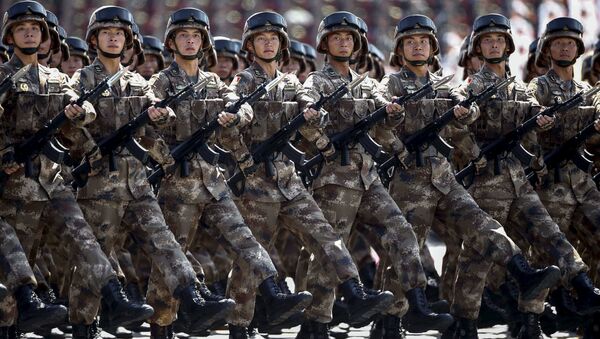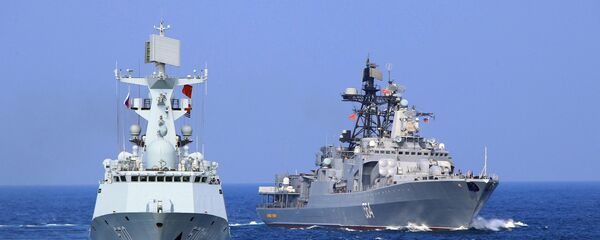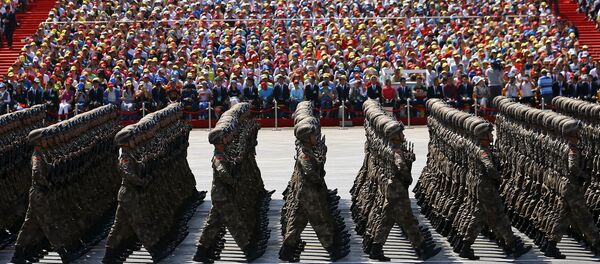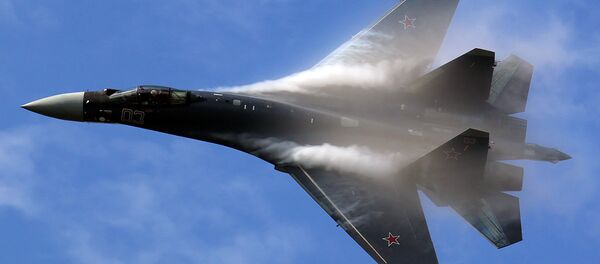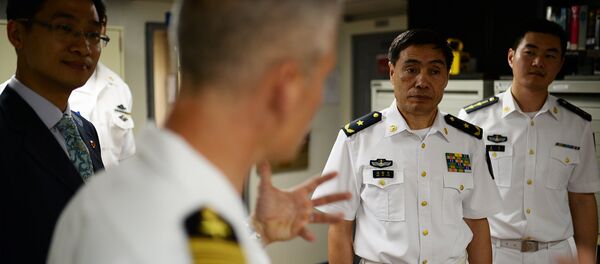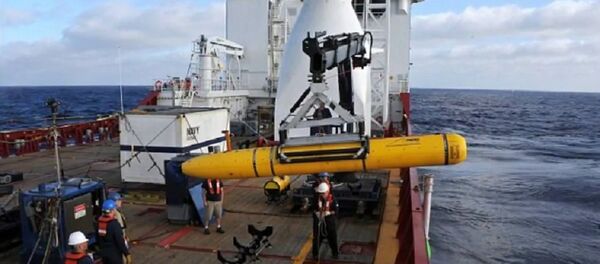The Chinese military is undergoing a massive reshuffle in the command ranks. Nearly 50 high-profile officers, including 18 generals, will soon step down, the South China Morning Post reported, citing military sources.
"The coming changes are aimed at promoting a new generation of officers, with veterans giving way to younger talent to take over the leadership," according to the sources.
Chinese President Xi Jinping wants to optimize the effective forces of the Chinese military and increase its firepower by introducing new technologies in the defense sector. The Chinese leader expects a breakthrough in China’s defense capabilities in the 13th five-year period (2016-2020).
Second to None
By the end of the year, Beijing is expected to cut its military by 300,000 personnel of non-combatant forces. However, the PLA will remain the world’s largest military force, numbering two million personnel.
At the same time, China’s total population is over 1.3 billion, with military personnel making up 0.4 percent of the population.
The main striking force of the PLA is tank and mechanized brigades and divisions. These units were established relatively recently and boast a large of advanced weapons and equipment.
Currently, China is also modernizing its artillery and aviation forces as well as air-defense units. The reform is powered by the national defense industry capable of developing and manufacturing weapons of nearly all types, including the most advanced.
China’s defense industry has evolved from copying Western and Soviet military hardware to successfully combining foreign-developed technologies with original designs. Currently, China is on the verge of a technological breakthrough, paving the way for developing weapons and equipment for the so-called network-centric warfare which merges combat power with information technologies.
First of all, China’s military build-up is dictated by its geopolitical goals, according to Vadim Kozyulin, a professor at the Russian Academy of Military Sciences.
"Beijing is seeking to be the leading power in the Asia-Pacific region. At the same time, China is building a highly mobile military force capable of projecting power around the globe," Kozyulin told RT.
Geopolitical Standoff
The Chinese naval aviation was also seriously modernized. In 2012, China’s first aircraft carrier, the Liaoning, was commissioned. The ship was originally laid down as a Soviet multirole aircraft carrier under the name Riga and then Varyag. China bought it from Ukraine for $25 million.
Currently, Beijing is developing own aircraft carrier program. By 2020, the Chinese naval forces are expected to receive several domestic-built aircraft carriers.
China’s growing navy is a big concern for the US in the Pacific. In particular, China has territorial claims for the Spratly Islands, a rich in oil archipelago in the South China Sea. Beijing also opposes Washington’s military presence in the region, especially in Japan and South Korea.
US President-elect Donald Trump commented on the situation, saying that China "stole" the drone in what he described as an "unprecedented act."
Trump’s numerous critical remarks about China give an assumption that the new US presidential administration will regard China as one the principal rivals.
In this context, it is no surprise that Trump campaigned for boosting the US navy to 350 ships from the current 272 by 2030. Outgoing President Barack Obama conducted an opposite policy, reducing navy spending.
"The turn in the defense policy advocated by Trump indicates that Washington’s geopolitical priorities will change," the expert said.
'Underwater Great Wall'
In order to solidify its presence in the South China Sea, Beijing is building the so-called "underwater great wall," a project that will allow for tracking all types of underwater activities in the region.
"China’s strategic interest reaches beyond the South China Sea. Beijing wants to take control over islands and straits that could be blocked by the US Navy in the event of a crisis. In this context, there is a clash of interests between China and the US. Beijing is ready for a standoff against Washington and its regional allies," Kozyulin suggested.
The expert emphasized that the US and China have completely opposite approaches to the South China Sea dispute.
In turn, military expert Vadim Soloviev underscored that currently there are no direct military threats to China.
"There is the possibility of certain conflicts, stemming from China’s history, including in Taiwan and Xinjiang Uyghur Autonomous Region. But critical military threats are unlikely to emerge," the expert said.
He also said that the risk of a direct military confrontation between the US and China is overestimated.
"Trump will have to deal with a multitude of American domestic problems, rather than putting much effort to deterring China. Despite his statements, the reality is that Washington may recognize China’s dominance at least in the South China Sea," Soloviev concluded.

